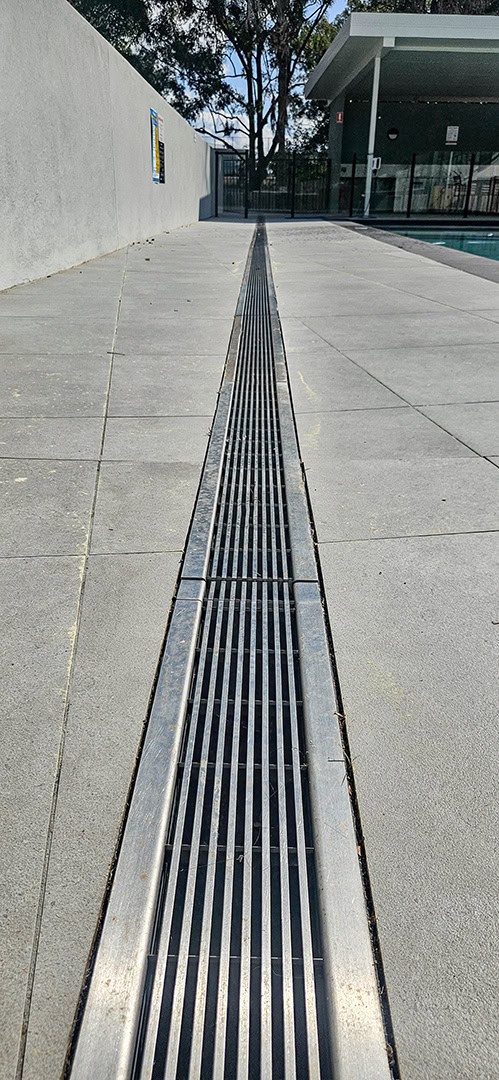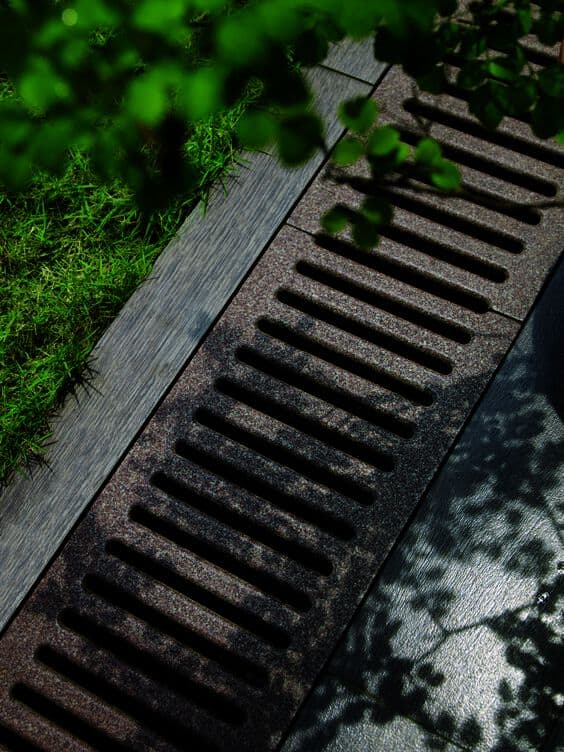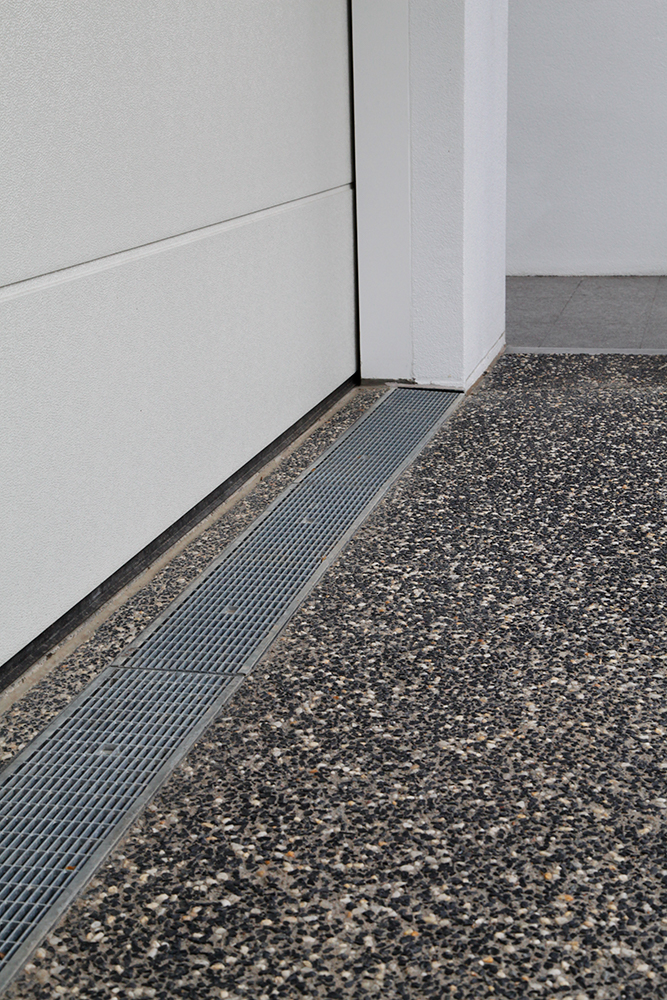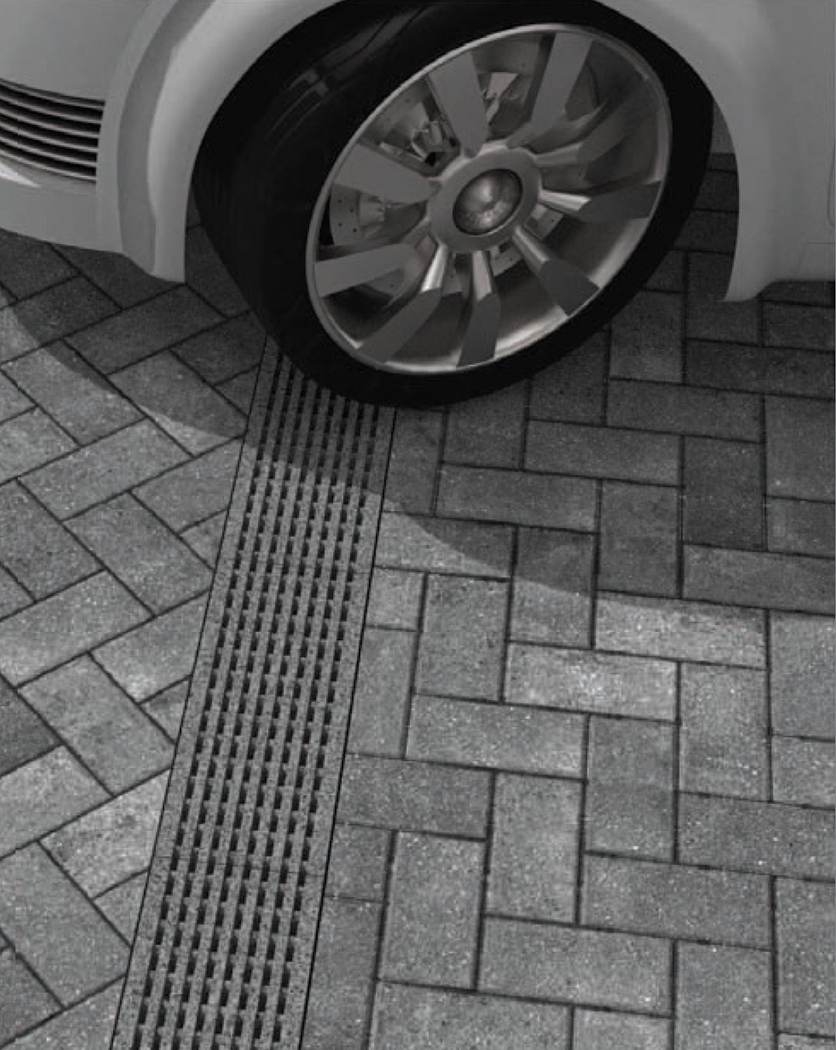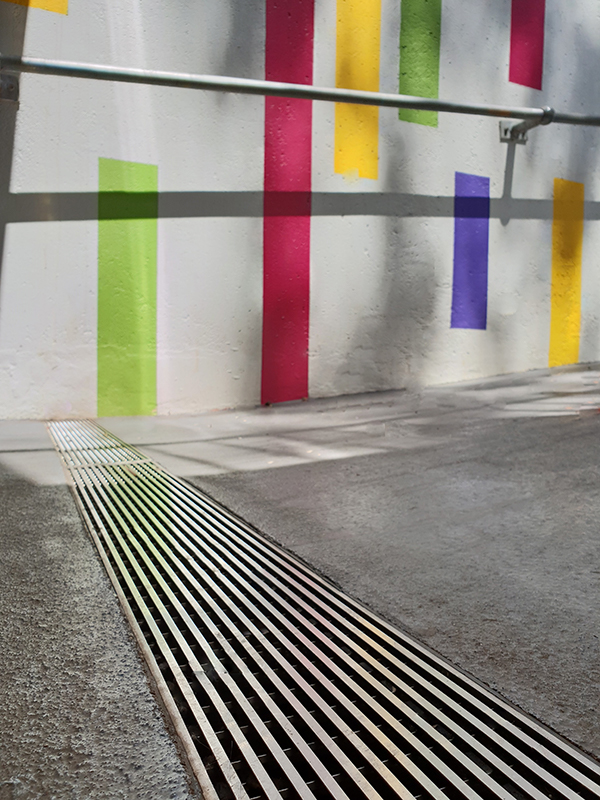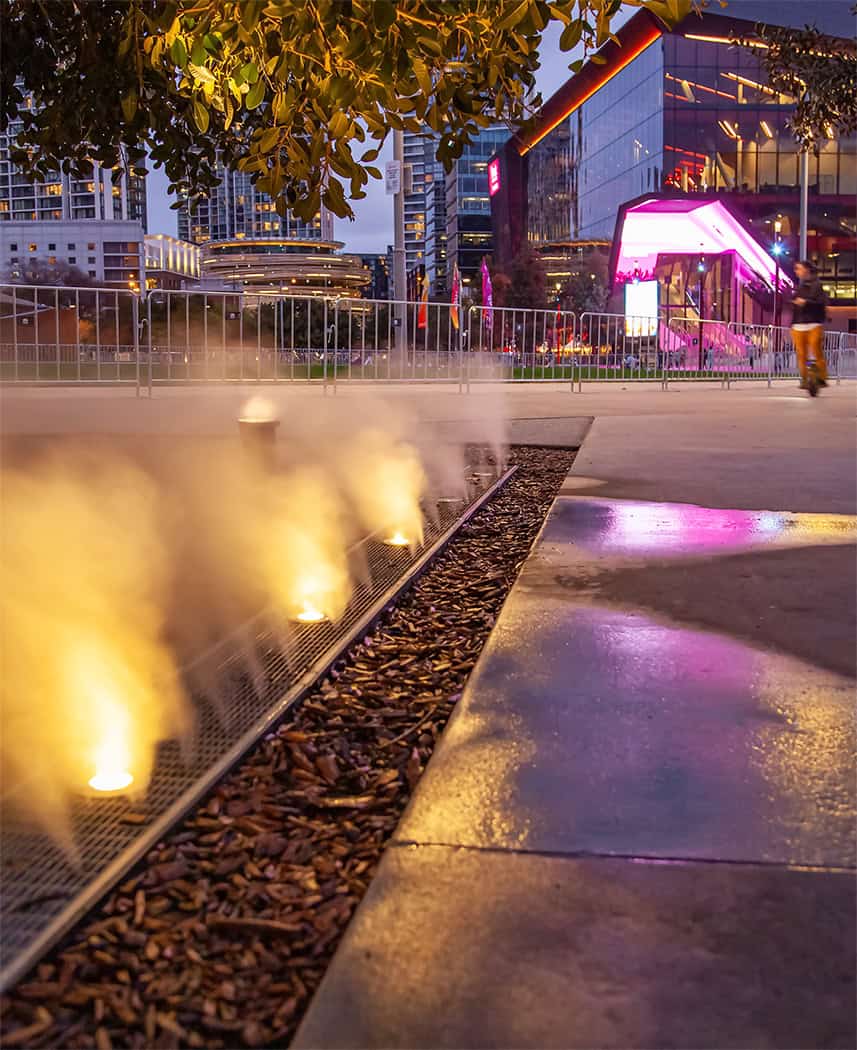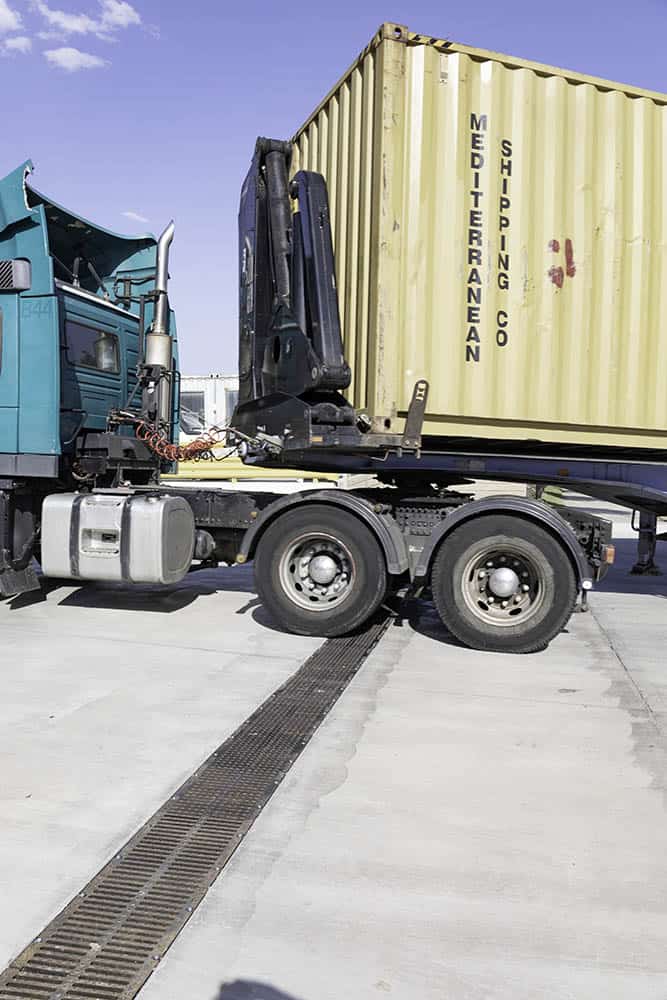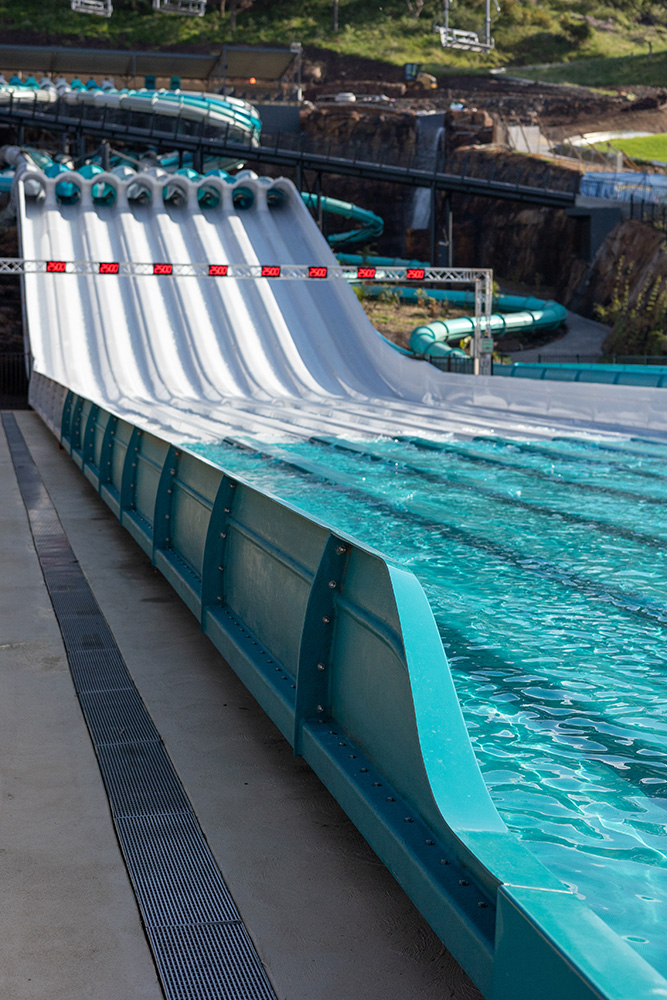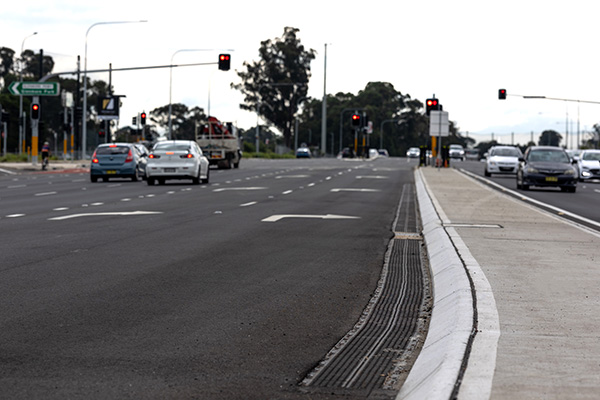If you’re looking to create a functional, efficient, and safe outdoor space, understanding trench drainage is essential. Whether you’re dealing with excessive rainfall or simply looking for a solution to manage surface water runoff, this guide has got you covered.
In this comprehensive article, we will delve into everything you need to know about trench drainage systems. From the basics of how these systems work to the different types of drains available, we will provide you with the knowledge needed to make informed decisions for your specific requirements.
Our aim is to equip you with valuable insights, tips, and best practices to ensure successful installation and maintenance of trench drains. We will discuss the factors to consider when choosing the right system, the installation process, and how to properly maintain your trench drain to keep it functioning optimally.
So whether you’re a homeowner, a landscape professional, or a property manager, this guide will be your go-to resource for all things trench drainage. Get ready to create dry and safe outdoor spaces with confidence. Let’s dive in!
Importance of Proper Trench Drainage
Proper trench drainage is crucial for maintaining a safe, functional, and well-maintained outdoor space. Effective trench drainage systems play a vital role in preventing water accumulation, mitigating flood risks, and ensuring the longevity of your property’s infrastructure.
One of the primary benefits of a well-designed trench drainage system is the ability to efficiently manage surface water runoff. Heavy rain and other sources of water can quickly lead to pooling and flooding, which can cause damage to your property, landscaping, and even the foundation of your building. By channeling this excess water away from critical areas, trench drains help to protect your investment and prevent costly repairs down the line.
Furthermore, standing water can create a breeding ground for mosquitoes and other pests, posing a health and safety risk to you and your family. Trench drains help to eliminate these stagnant water sources, creating a cleaner, more comfortable outdoor environment. Additionally, proper drainage can prevent the growth of mold and mildew, which can compromise the structural integrity of your property and negatively impact indoor air quality.
Types of Trench Drains
When it comes to trench drainage systems, there are several different types to choose from, each with its own unique features and benefits. Understanding the various options available can help you select the best solution for your specific needs.
One of the most common types of trench drains is the linear drain, which is typically used in areas with high water flow or where a continuous drainage system is required. Linear drains feature a long, narrow channel that collects and diverts water away from the surface. These drains are often made of materials such as stainless steel, polymer concrete, or PVC, and can be customized in terms of size, depth, and grate design to suit your needs.
Another popular option is the channel drain, which is similar to the linear drain but features a more V-shaped or U-shaped channel. Channel drains are often used in areas with moderate water flow, such as patios, walkways, or driveways. They can be made from a variety of materials, including polypropylene, concrete or stainless, and can be equipped with various grate styles to blend seamlessly with your outdoor decor.
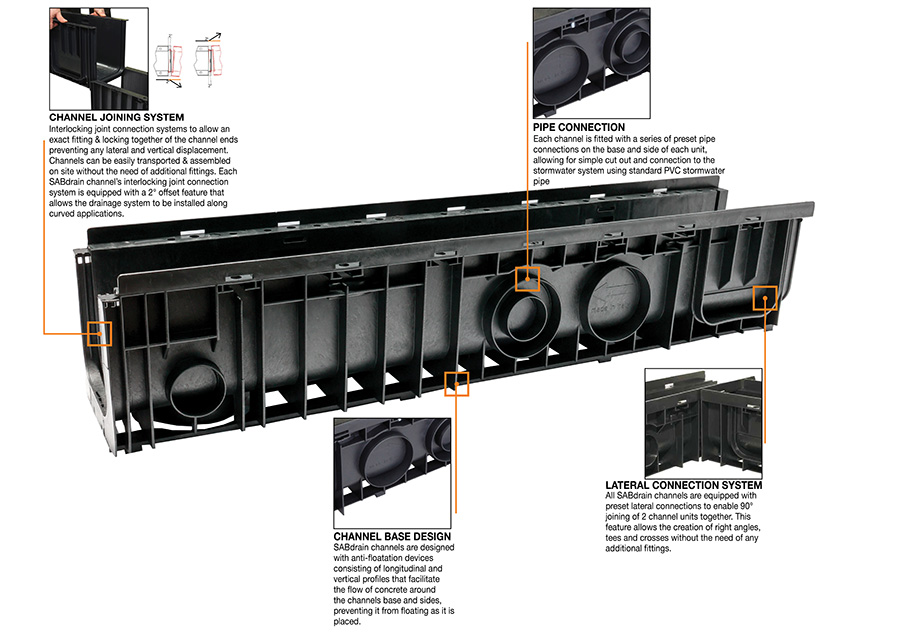
Choosing the right trench drain for your needs
When it comes to selecting the right trench drain for your property, there are several factors to consider to ensure you make the best choice. Understanding your specific drainage requirements, the layout of your outdoor space, and the overall aesthetic of your property can all play a crucial role in determining the most suitable trench drain system.
One of the primary considerations is the volume of water that needs to be managed. Factors such as the size of your property, the slope of the land, and the frequency and intensity of rainfall in your area will all influence the required capacity of your trench drain system. Choosing a drain that is too small may lead to water overflow and potential flooding, while an oversized drain could be an unnecessary expense.
The aesthetic of the trench drain is another important consideration, as it needs to complement the overall design of your outdoor space. Grate styles, colors, and finishes can all be customized to suit your preferences and create a cohesive look. For a more modern, minimalist aesthetic, you might opt for a linear drain with a sleek, stainless steel grate. If you’re looking for a more traditional or rustic vibe, a channel drain with a cast iron or decorative metal grate could be the perfect fit.
Installation process of trench drains
The installation process for trench drains can vary depending on the specific system you choose, the size and scope of your project, and the existing conditions of your outdoor space. However, there are some general steps that are commonly followed to ensure a successful and long-lasting installation.
Before beginning the installation, it’s important to carefully plan the layout of your trench drain system. This may involve surveying the area, identifying low spots or areas prone to water accumulation, and determining the best routing for the drain to effectively channel water away from your property. It’s also crucial to check for any underground utilities or other obstacles that could interfere with the installation process.
Once the planning is complete, the next step is to excavate the trench. The depth and width of the trench will depend on the size of the trench drain you’ve selected, as well as the expected water flow and the slope of the surrounding area. It’s important to ensure that the trench is level and that the bottom is compacted to provide a stable foundation for the drain.
With the trench prepared, the actual installation of the trench drain can begin. This typically involves laying a base of gravel or crushed stone, followed by the placement of the drain itself. Depending on the type of drain, this may involve aligning and securing the drain sections, installing any necessary fittings or connections, and ensuring a proper seal to prevent leaks.
Once the drain is in place, the trench is backfilled with gravel or crushed stone, and the surface is finished with the appropriate material, such as concrete, pavers, or landscaping. It’s important to ensure that the finished surface is level and that the drain’s grate or cover is flush with the surrounding area to prevent tripping hazards or water overflow.
Throughout the installation process, it’s crucial to follow the manufacturer’s instructions and any local building codes or regulations to ensure the safety and longevity of your trench drain system. Proper installation is key to the effective functioning of your trench drainage system, so it’s often recommended to work with a professional contractor who has experience in this type of project.
Maintaining and Cleaning Trench Drains
Proper maintenance and cleaning of your trench drain system is essential to ensure its long-term performance and functionality. Neglecting this important task can lead to a buildup of debris, clogging, and even structural damage, which can ultimately compromise the effectiveness of your drainage system.
One of the most critical maintenance tasks is regular cleaning and debris removal. Over time, leaves, twigs, and other organic matter can accumulate in the trench, reducing the drain’s capacity and potentially causing backups or overflow. It’s recommended to inspect your trench drain system regularly, especially after heavy rain or seasonal changes, and remove any debris or obstructions that may have collected.
In addition to removing visible debris, it’s also important to flush the trench drain system periodically to clear out any smaller particles or sediment that may have accumulated. This can be done by using a high-pressure water hose or a specialized drain cleaning tool to dislodge and flush out any built-up material. Depending on the size and complexity of your trench drain system, you may need to enlist the help of a professional plumbing or drainage contractor to ensure a thorough and effective cleaning.
Another important aspect of trench drain maintenance is ensuring the structural integrity of the system. Over time, the drain itself or the surrounding concrete or pavement may experience wear and tear, leading to cracks, shifts, or other issues that can compromise the drain’s performance. Regularly inspecting the trench drain for any signs of damage or deterioration, and addressing any issues promptly, can help to extend the lifespan of your drainage system and prevent more costly repairs down the line.
By staying on top of routine maintenance and cleaning, you can help to keep your trench drain system functioning at its best, protecting your property from water damage and maintaining a safe, well-drained outdoor environment. Investing the time and effort in proper trench drain maintenance is a small price to pay for the long-term benefits it can provide.
Common Issues with Trench Drainage
While a well-designed and properly installed trench drainage system can be highly effective in managing surface water runoff, there are a few common issues that can arise over time. Understanding these potential problems and how to address them can help you keep your trench drains functioning at their best.
One of the most common issues with trench drains is clogging, which can occur due to the buildup of debris, sediment, or other materials in the drain. This can lead to water pooling, overflow, and potentially even backflow into your property. To address this issue, regular cleaning and maintenance, as discussed in the previous section, is crucial. Additionally, ensuring that the trench drain is sized appropriately for the expected water flow can help to minimize the risk of clogging.
Another common problem is damage or deterioration to the trench drain itself, which can be caused by a variety of factors, such as the drains selected were not appropriately aligned with the specific requirements of the situation, extreme weather, or structural shifts in the surrounding area. This can manifest as cracks, warping, or even complete failure of the drain system. In such cases, it may be necessary to replace the damaged components or even the entire trench drain system to restore proper functionality.
Improper installation or design can also lead to issues with trench drainage. If the trench is not properly graded or the drain is not aligned correctly, it can result in water pooling, uneven flow, or even the diversion of water in unintended directions. Addressing these problems may require a more comprehensive solution, such as re-excavating the trench, adjusting the drain’s positioning, or even modifying the overall drainage plan for the area.
In some cases, the issue may lie not with the trench drain itself, but with the surrounding landscape or infrastructure. For example, if the area around the trench drain is not properly sloped or graded, it can lead to water accumulation and poor drainage. Similarly, if the trench drain is not connected to an adequate outfall or discharge point, it can result in water backing up and flooding the area. Addressing these types of issues may require a more holistic approach, involving landscape modifications, grading adjustments, or the installation of additional drainage components.
By being proactive in addressing common trench drainage issues and taking steps to prevent them from occurring in the first place, you can help to ensure the long-term functionality and effectiveness of your outdoor drainage system. Partnering with experienced professionals can also be invaluable in diagnosing and resolving any problems that may arise.
Trench drainage in different industries
Trench drainage systems are not limited to residential or commercial properties; they have a wide range of applications across various industries, each with its own unique requirements and considerations. Understanding how trench drains are used in different sectors can provide valuable insights for homeowners, property managers, and professionals alike.
In the agricultural industry, trench drainage systems play a crucial role in managing water runoff and preventing waterlogging in fields and farmland. These systems help to maintain optimal soil moisture levels, improve crop yields, and protect valuable infrastructure like barns, silos, and equipment storage areas. Farmers and agricultural professionals often need to consider factors like the slope of the land, the type of soil, and the specific drainage needs of different crops when designing and installing their trench drainage systems.
In the transportation industry, trench drains are commonly used to manage water runoff on roads, highways, and airport runways. These high-traffic areas require robust and reliable drainage solutions to prevent flooding, hydroplaning, and other safety hazards. Trench drains in this context are often designed to handle large volumes of water and may feature specialized features like catch basins or sediment traps to prevent debris from clogging the system. Compliance with local regulations and building codes is also a key consideration for transportation-related trench drainage projects.
The industrial and manufacturing sectors also rely on trench drainage systems to manage water runoff and prevent the accumulation of hazardous materials or contaminants. In these settings, the trench drains may need to be constructed from specialized materials, such as corrosion-resistant stainless steel or chemical-resistant polymers, to withstand exposure to harsh chemicals, oils, or other industrial byproducts. Additionally, these systems may need to incorporate safety features like grates or covers to prevent accidents and maintain a safe working environment.
In the commercial and retail sectors, trench drains are commonly used in outdoor areas like parking lots, loading docks, and pedestrian walkways. These systems help to manage surface water runoff and prevent pooling, which can create slip and fall hazards for customers and employees. Aesthetic considerations may also play a role in the design of trench drains in these settings, as they need to complement the overall visual appeal of the property.
Regardless of the industry, the installation and maintenance of trench drainage systems require specialized knowledge and expertise. Partnering with experienced professionals who understand the unique requirements and best practices for each sector can help ensure the long-term performance and effectiveness of these critical infrastructure components.
Pictured above is drainage installed in a range of locations- train stations, public walkways, container yard, water park & roadway.
Conclusion: Benefits of investing in proper trench drainage
In conclusion, investing in a well-designed and properly installed trench drainage system can provide a multitude of benefits for your property, regardless of its size, location, or intended use. From protecting your investment and preventing costly water damage to creating a safer and more comfortable outdoor environment, the advantages of effective trench drainage cannot be overstated.
By understanding the different types of trench drains available, the factors to consider when choosing the right system, and the proper installation and maintenance procedures, you can ensure that your trench drainage system functions at its best for years to come. Additionally, being aware of the relevant regulations and codes, and partnering with experienced professionals, can help you avoid potential pitfalls and ensure compliance with all necessary requirements.
Ultimately, the decision to invest in a trench drainage system is one that can pay dividends in the long run. By taking proactive steps to manage surface water runoff and prevent the accumulation of water on your property, you can protect your investment, maintain the integrity of your outdoor spaces, and create a safer, more enjoyable environment for yourself, your family, and your guests. So why wait? Start exploring your trench drainage options today and take the first step towards a drier, more secure outdoor space.
